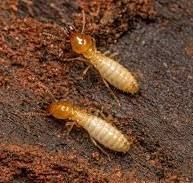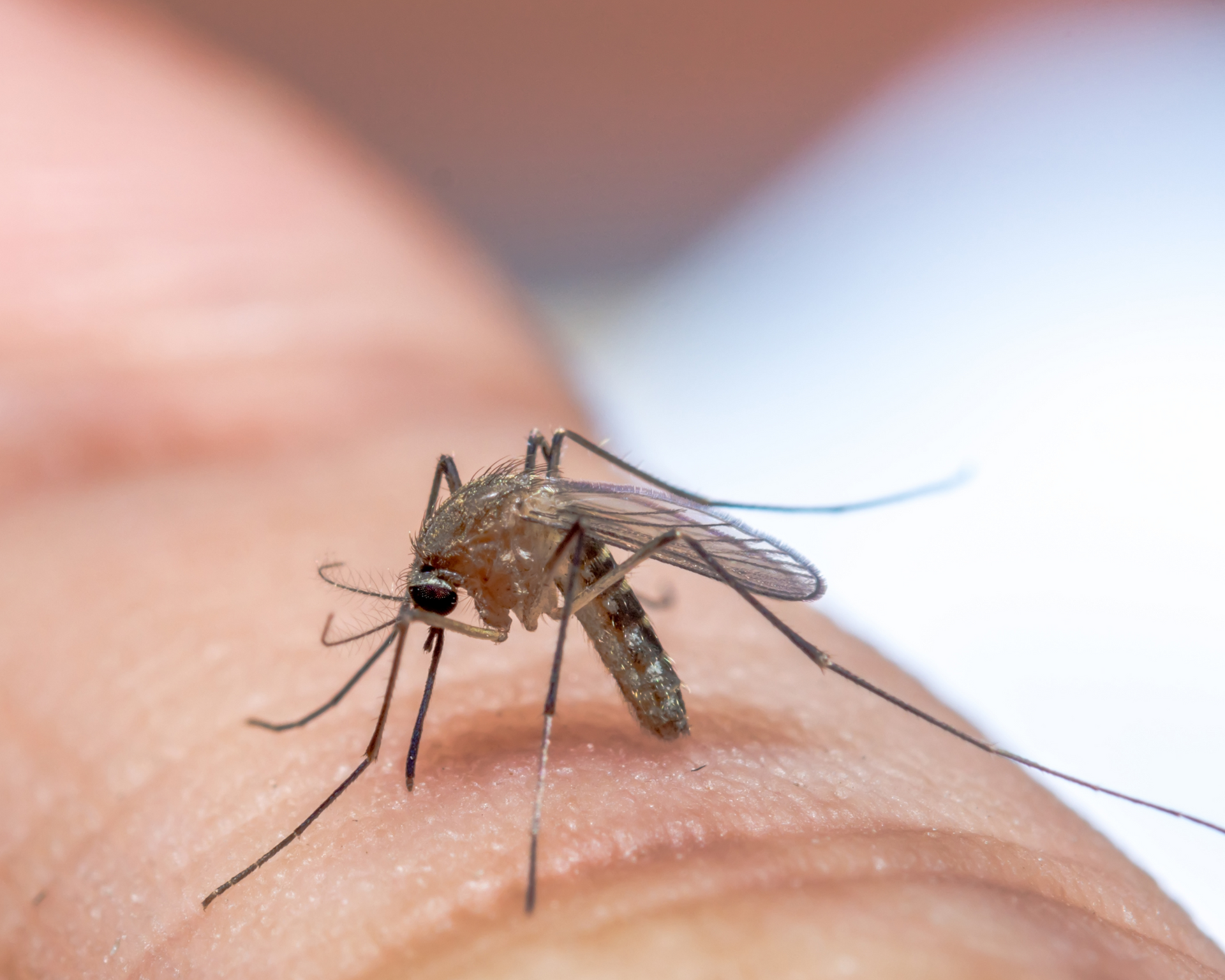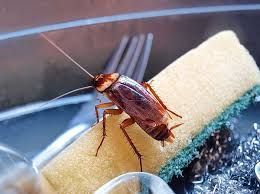What Are the Best Ways to Prevent Pantry Pests?
Best Ways to Prevent Pantry Pests
Imagine reaching for a bag of flour only to find tiny bugs crawling inside. Or maybe you've noticed moths fluttering around your kitchen, making you wonder if your stored food is safe. Pantry pests like moths, weevils, and beetles are notorious for infesting dry goods such as flour, rice, pasta, and cereals. These pests often hitch a ride into your home through packaged food, quickly spreading and contaminating other items in your pantry.
The good news? With the right prevention techniques, you can keep your pantry pest-free and your food safe. Here’s how to protect your stored goods from these unwanted intruders.
What Are Pantry Pests?
Pantry pests are small insects that lay eggs inside food packaging. When the eggs hatch, larvae begin feeding on dry goods. By the time you notice them, they may have already spread to multiple items in your pantry. While these pests don’t carry diseases, they make food inedible and cause significant waste.
Common Pantry Pests to Watch For
- Indian Meal Moths – Small moths that leave behind webbing in stored grains and cereals.
- Weevils – Tiny brown or black beetles that infest rice, wheat, and pasta.
- Flour Beetles – Red or brown beetles commonly found in flour, cornmeal, and processed grains.
- Cigarette & Drugstore Beetles – Oval-shaped beetles that infest spices, dried herbs, and medications.

How Pantry Pests Get Into Your Home?
Most pantry pests don’t originate inside your home—they come from the outside, often introduced through packaged food. Here’s how they sneak in:
- Packaged Dry Goods – Pests lay eggs inside food before it even reaches your pantry.
- Bulk Bins & Open Food Containers – Bulk foods at grocery stores may already be infested.
- Pet Food & Birdseed – Stored in warehouses, these items can bring pantry pests into your home.
Signs of a Pantry Pest Infestation
If you suspect you have pantry pests, look for these warning signs:
- Small moths or beetles near your pantry.
- Tiny bugs crawling in flour, rice, or pasta.
- Webbing, clumps, or powdery residue inside food packaging.
- Unusual stale or musty smells in dry goods.
Best Ways to Prevent Pantry Pests
1. Store Food in Airtight Containers
Pantry pests can chew through paper and cardboard packaging. Transferring dry goods into airtight plastic, glass, or metal containers helps prevent infestations.
- Store flour, rice, pasta, and pet food in sealed containers.
- Keep bulk items in storage bins with tight-fitting lids.
- Avoid storing food in its original paper or cardboard packaging.
2. Inspect Groceries Before Buying
Pantry pests often start at the grocery store. Before purchasing food:
- Check packaging for tiny holes, webbing, or powdery residue.
- Avoid damaged or torn food packages.
- Buy smaller quantities of dry goods to reduce long-term storage risks.
- Be cautious when buying from open bulk bins.
3. Keep Your Pantry Clean
Even with proper storage, crumbs and spills can attract pests. A clean pantry is key to preventing infestations.
- Wipe pantry shelves with warm, soapy water to remove food residue.
- Vacuum pantry corners and cracks to eliminate hidden eggs or larvae.
- Keep trash bins sealed to avoid attracting pests.
- Sweep and mop kitchen floors regularly to remove crumbs.
4. Rotate Your Food Supply
Older food is more likely to develop infestations. Use the first in, first out method:
- Store new groceries behind older ones to ensure older items are used first.
- Check expiration dates and discard expired dry goods.
- Inspect rarely used ingredients like spices and baking supplies regularly.
5. Freeze Dry Goods Before Storing
Freezing newly purchased dry goods for 48 hours can kill any hidden eggs or larvae before they hatch.
- Freeze flour, rice, grains, and cornmeal before transferring to storage.
- If freezing isn’t an option, baking dry goods at 140°F for 15 minutes can also eliminate pests.
- Consider keeping long-term stored grains and flours in the freezer.
6. Seal Cracks & Entry Points
Pantry pests can hide in small gaps and crevices. To keep them out:
- Seal cracks in pantry shelves and baseboards.
- Check for gaps around windows, doors, and cabinets.
- Repair or replace damaged screens to prevent pests from entering your home.
What to Do If You Find Pantry Pests
If you spot signs of pantry pests, take immediate action:
- Dispose of Infested Food – Throw out any contaminated dry goods in sealed plastic bags to prevent further spread.
- Deep Clean the Pantry – Remove all food, vacuum shelves, and wash surfaces with warm, soapy water.
- Monitor for Further Infestation – Regularly check for new signs of pests and take preventive steps.
Final Tips for Keeping Pantry Pests Away
- Inspect groceries before bringing them home.
- Store dry goods in airtight containers rather than original packaging.
- Keep pantry shelves clean and free of crumbs.
- Rotate food supplies to prevent old items from becoming infested.
- Act quickly at the first sign of pantry pests to prevent spreading.
Want To Learn More? Contact Us
By following these simple steps, you can keep your pantry pest-free and protect your food from unwanted visitors!
And if you're looking for an expert, don’t hesitate to contact us here and get to know how our different pest control services can help you.
Our Additional Posts On Pest Control
Copyright © 2024 - St Augustine Pest Control by NFLP All Rights Reserved






